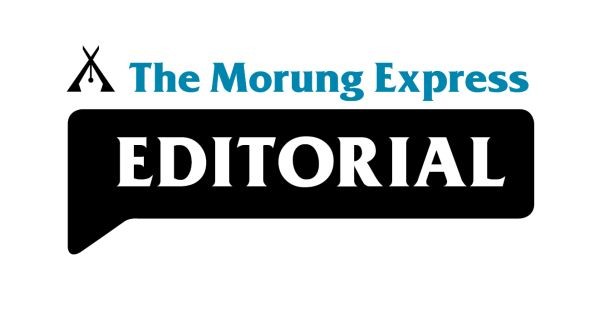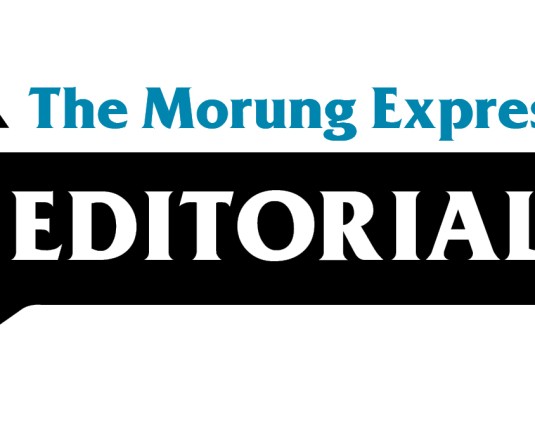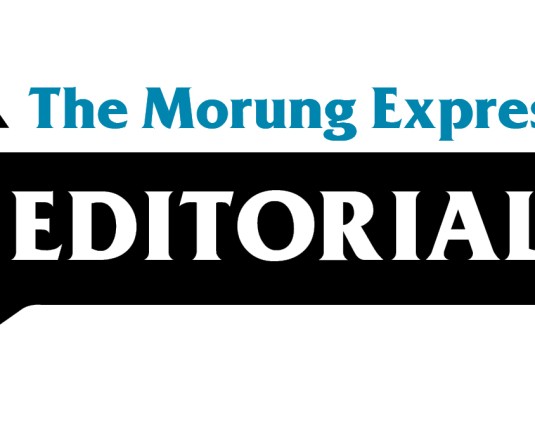
Moa Jamir
By all indications, drug use is making a resurgence and substance abuse is emerging as a major social concern, especially among young adolescents in Nagaland, The Morung Express reported recently. (See Resurgence of drug use in Nagaland attributed to enigmatic ‘sunflower,’ November 24). The report, further cited apprehension from experts, that the current trend could trigger a scenario reminiscent of the eighties when the State was in the grips of a “never before seen drug culture among the youths” and create a ‘demographic gap,’ if left unchecked.
Understandably, the usages and sales of illicit drugs are undocumented, but anecdotal records as well as periodic updates from law enforcement agencies, are illustrative. For instance, the November 24 report highlighted that the estimated value of assorted banned drugs seized by the Nagaland drug enforcement agencies from January-September 2022 in the illicit global market was Rs 106.24 crore. Incidentally, the enigmatic ‘sunflower drug’ which was highlighted as one of the leading drivers of the resurgence in drug use in Nagaland is yet to be categorised or defined by law enforcement agencies, thus increasing the possibility of escaping detection.
A week later, the Nagaland police informed that the Disposal Committee, Nagaland Police Headquarter, Kohima destroyed seized drugs worth over Rs 35.86 crore. On the same day, the Drugs Destruction Committee of the Excise Department also carried out the destruction seized narcotics and other drugs worth around Rs 5.76 crore. Collectively, seized drugs worth over Rs 41 crore were destroyed on November 30.
In June 2022, the Nagaland PHQ Kohima also informed that the Nagaland Police has seized assorted illegal drugs worth Rs 117.28 crore in the illicit global market in one year. A senior officer then implied that many might have escaped detection by law enforcement agencies due to porous borders as well as other technical challenges, including some routes in the international borders, which cannot be tracked or checked. Apart from the usual suspects such as Ganja, Heroin, Opium, synthetic drugs and cough syrup, seizures of ‘brown sugar’ are gaining ground, while new names like ‘Yaba’ (WY) tablets and methamphetamine are emerging.
Some analysts attribute the present ‘resurgence’ to the period just before the onset of the COVID-19 pandemic while others, at times, link the issue to liquor prohibition enforced in the State since the early 1990s. However, State’s problem with drug abuse is perennial and requires a holistic coordinated and comprehensive response.
This entails a three-pronged strategy aimed at controlling supply, reducing demand and ensuring holistic rehabilitation. While the Government of India has implemented several policy measures to control drugs trafficking and abuse in the country, these need to be complemented with local-specific measures.
In the context of Nagaland, the issue of local cultivation has not been reported so far. Thus, enhancing law enforcement agencies and intelligence gathering, particularly in the oft-cited ‘porous’ international border, would go a long way in controlling the supply.
The enhancement of law enforcement must be adequately supported by creating public awareness regarding the ill effects of drug abuse, not just symbolic observance at educational institutions or on social media, but through one-to-one interactions as well as sustained and targeted campaigns, among others.
No amount of prayers or vigilante-style justice would be effective in combating the menace if it is forced upon the users. Therefore, the third strategy must be focused on holistic rehabilitation through professional intervention to deal with the existing problem and guidance. And yes, with prayers of solidarity and proper counselling.
For any comment, drop a line to jamir.moa@gmail.com





